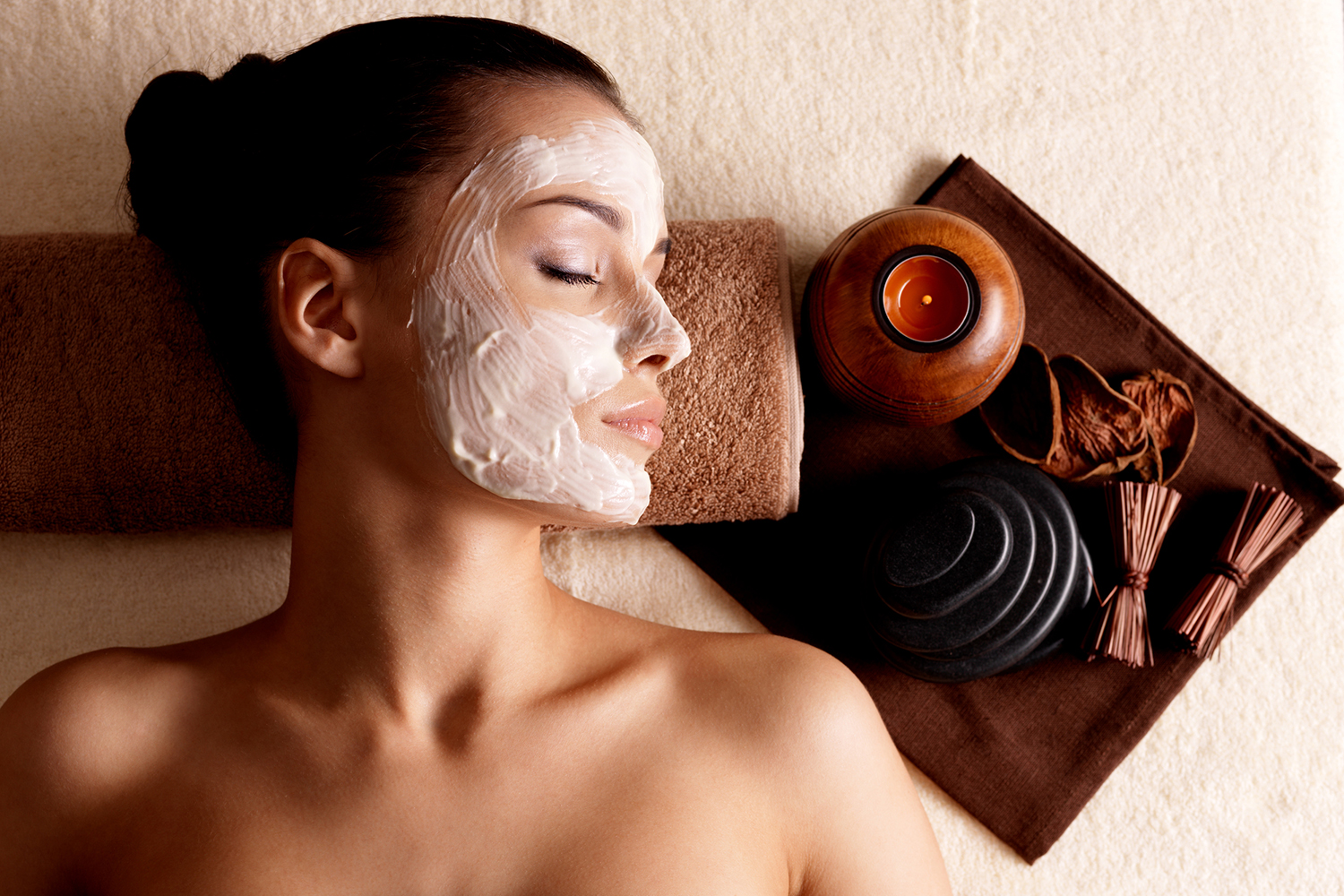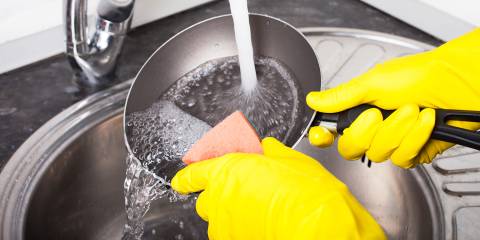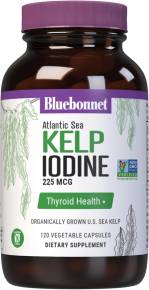Seldom was the humble flaxseed given a second thought.
Sure, it had a well-deserved reputation as an egg replacer in vegan recipes. But now this nutritional food is a social media star and is being praised as nature’s Botox for the skin.
What a turnaround from its days of being a smoothie add-in and a salad topper!
Flaxseed’s Skin-Deep Super Powers
Packed with omega-3 fatty acids, lignans, and antioxidants, flaxseeds offer anti-inflammatory effects. When applied to the face, these same nutrients may protect against free radical damage.
When flaxseeds are combined with water, the mucilage in the seeds forms a goopy gel-like mixture. When applied as a facial, this flaxseed mixture hydrates and tightens the skin. Fine lines and wrinkles are smoothed out, and redness and irritation are alleviated.
The natural oils within flaxseeds offer moisturizing properties, making the skin appear plumper and smoother due to the seeds’ water retention properties. Fans report that these effects can be achieved with just one to two flaxseed facials a week.
Does It Work?
Is all this too good to be true? Dermatologists caution that the positive felt effects of a flaxseed facial can be attributed to the beneficial health properties of the seeds themselves, rather than the seeds acting as some sort of miracle Botox substitute.
Fans of flaxseed facials say that when done regularly, these masks do indeed tighten the skin. They also act as an exfoliant, helping remove dead skin cells.
Although it needs to be said that many report the effects are short lived.
To Grind or Not to Grind?
When you look up flaxseed facials online, you’ll see attractive and youthful faces covered in smatterings of golden-brown seeds. There’s no doubt these photos make eye-catching posts.
But these images bring up a debate: Is it better to do a flaxseed facial with whole seeds or ground ones?
Dermatologists recommend that the seeds be ground into a fine powder first. This approach offers more effective results than a whole-seed facial. One downside? The resulting pics won’t be as interesting to share!
Another consideration regarding the whole versus ground seed debate is that the masks made from ground flaxseeds tend to be easier to wash from the skin than those made with whole seeds.
DIY Flaxseed Facial Mask
One big bonus of flaxseed facials is their affordability. The cost was a mere 20 cents per application!
Here’s an easy-to-make recipe that yields enough for two to three flaxseed facials.
- Finely grind 1 tablespoon of whole flaxseeds.
- Pour 1⁄3 cup of boiling water over the ground seeds.
- Stir and let the mixture sit for 2 hours.
- Apply the mask over clean skin. Let the mask sit on the skin for 25 minutes.
- Thoroughly wash the mask off with lukewarm water, using circular motions.
- Pat the skin dry and apply moisturizer, if desired.
Optionally mix in one or all the following once the flaxseed mixture has cooled:
- 1⁄2 Tbsp manuka honey
- 1⁄2 Tbsp aloe vera gel
- 1⁄2 tsp coconut oil
Results
The mask produces a pleasant cooling effect as it dries. Expect your skin to look and feel tighter after the facial. Mine did. It was also significantly softer.
But I have to agree with others: the effects of a flaxseed facial are short lived. The tightening that was so impressive right after removing the mask only lasted a few hours, if that, for me.
Keep It Fresh
- Make small batches of mask. Mixtures left out for too long can spoil and grow mold and bacteria.
- If you end up with extra mask, store remnants in a glass container in the fridge up to three days.
Precautions
Spot test a small amount of flaxseed mask on the inside of your wrist or arm. If there’s no redness or irritation after 24 hours, proceed with the facial.
Keep flaxseed facials to a maximum of two per week to avoid irritation.
-
Allergies
Some people can be allergic to flaxseeds, so be aware that skin reactions and sensitivities can occur.
-
Sensitive Skin
If you have sensitive skin, strongly consider adding aloe vera gel for a more soothing application.
-
Oily Skin
If your skin is oily, the oils in flaxseeds may make existing breakouts worse.




